by Lawrence W. Reed
It never fails. A split-second after a mass shooting occurs, grandstanders and ideologues issue statements demanding new gun controls—even if the laws already on the books failed or the laws they want would have made no difference. Case in point: the tragic incidents in Dayton, Ohio, and El Paso, Texas, in early August 2019.
The message is clear: Guns cause violence. Tax them, take them, ban them, regulate them. Do something, maybe anything! Such knee-jerk, emotional responses are dangerous, writes Charles W. Cooke in National Review, “for when a nation sets up a direct pipeline between its emotions and its laws, it does not keep its liberty for long.”
Guns Don’t Kill People, They Save Them
Liberty isn’t the only thing likely to be lost when gun laws are passed to appease emotions over reason, evidence, logic, and rights. Lives will most assuredly be lost, too. Lots of them.
This raises a point amplified in another context almost two centuries ago by Frederic Bastiat in his famous essay with a title that sums it up, “That Which is Seen and That Which is Not Seen.”
How many lives are actually saved by gun ownership? This is a supremely important question that the grandstanders and ideologues usually—and conveniently—ignore. It’s a matter that came immediately to my mind when I learned of an incident here in my own town of Newnan, Georgia, a few days ago. The headline in the Newnan Times-Herald read, “Man Hospitalized After Being Shot Outside Bar.”
A little after 1:00 a.m. on Saturday morning, August 17, police arrived at Fat Boys Bar & Grill to respond to a shooting. A customer had threatened other patrons, prompting the establishment’s security to forcibly remove him. Enraged at being kicked out, he declared he was going to get a gun “and shoot the place up.”
This very angry (and possibly intoxicated) man then busted the window out of a friend’s car in the parking lot, grabbed a .40 caliber handgun from inside the car, and began firing in the air. In the meantime, Ben McCoy, a man who witnessed all of this from inside his own vehicle, happened to have his rifle with him. Before he could use it, he was shot four times by the man wielding the .40 caliber handgun, who then fled into the woods.
Fortunately, despite being hit in the chest, stomach, left arm and right thigh, McCoy is recuperating, and the assailant was quickly apprehended. No one was killed, but the situation would likely have been tragically different if Ben McCoy and his rifle hadn’t distracted the gunman.
Of course, in this particular incident it’s most unfortunate that an innocent man was shot. Don’t lose sight of the fact that his very presence, with a rifle, still prevented what could have been a bloodbath that might have even killed him too. What’s far more common is innocent gun owners using or brandishing a weapon and saving lives without any injuries at all except sometimes for the assailant. I chose this example because it was local and I wanted to express appreciation to Mr. McCoy.
Gun Effectiveness
I checked online and found some fascinating numbers. A good website with footnotes and references to authoritative sources is GunFacts.info. There I learned the following:
- Guns prevent an estimated 2.5 million crimes a year, or 6,849 every day. Most often, the gun is never fired, and no blood (including the criminal’s) is shed.
- Every year, 400,000 life-threatening violent crimes are prevented using firearms.
- 60 percent of convicted felons admitted that they avoided committing crimes when they knew the victim was armed. Forty percent of convicted felons admitted that they avoided committing crimes when they thought the victim might be armed.
- Felons report that they avoid entering houses where people are at home because they fear being shot.
- Fewer than 1 percent of firearms are used in the commission of a crime.
If you doubt the objectivity of the site above, it’s worth pointing out that the Center for Disease Control, in a report ordered by President Obama in 2012 following the Sandy Hook Massacre, estimated that the number of crimes prevented by guns could be even higher—as many as 3 million annually, or some 8,200 every day.
Another excellent source of information on this topic (and many more current issues) is the Gun Control page at JustFacts.org. (Full disclosure: I serve on the board of directors of JustFacts because I believe in the organization’s objectiveness, accuracy, and integrity.)
Defensive Gun Use
In “Defensive Gun Use is More Than Shooting Bad Guys,” James Agresti, founder and president of JustFacts, provided overwhelming evidence from multiple sources showing that defensive gun use is more common and effective than anti-gun fanatics like The New York Times suggest or will admit. Agresti says that “people who use a gun for defense rarely harm (much less kill) criminals. This is because criminals often back off when they discover their targets are armed.”
John Lott, author of the book, “More Guns, Less Crime,” is president of the Crime Prevention Research Center, another outstanding source for info on this subject. He writes:
By 66 percent to 32 percent, economists and criminologists answer that gun-free zones are “more likely to attract criminals than they are to deter them.” A 60 percent to 40 percent margin thinks that guns in the home do not increase suicides. And a 62 percent to 35 percent spread says that guns are used in self-defense to stop crime more often than in the commission of crime.
This may explain why even The New York Times hasn’t yet put a billboard up by its offices that screams, “This is a Gun-Free Zone. There are No Guns Here.”
If we can just confiscate the estimated 350 million guns in the country, you might ask, then won’t we eliminate the offensive use of firearms, so we won’t need any of those many defensive uses? Good luck with that. Is there any reason to believe that such a war on guns would be any more successful than the government’s war on drugs? Even a fifth-grader could tell you that it would be largely the innocent who would be disarmed. Criminals would have no problem keeping their guns or getting replacements on a thriving black market.
So that leaves me with gratitude for the Ben McCoys of the world, the law-abiding gun owners who are every bit as important as the cops—and likely even more so—in the effort to keep the innocent safe and sound.
– – –
Lawrence W. Reed is President Emeritus, Humphreys Family Senior Fellow, and Ron Manners Ambassador for Global Liberty at the Foundation for Economic Education. He is also author of Real Heroes: Incredible True Stories of Courage, Character, and Conviction and Excuse Me, Professor: Challenging the Myths of Progressivism. Follow on Twitter and Like on Facebook.

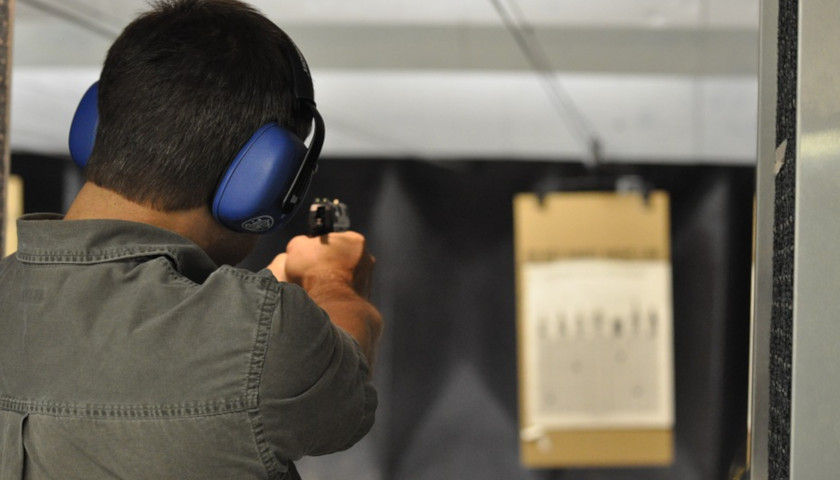
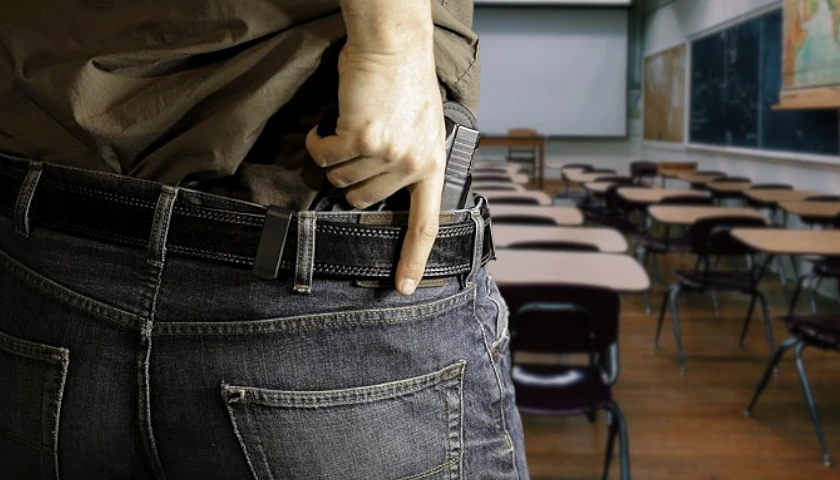
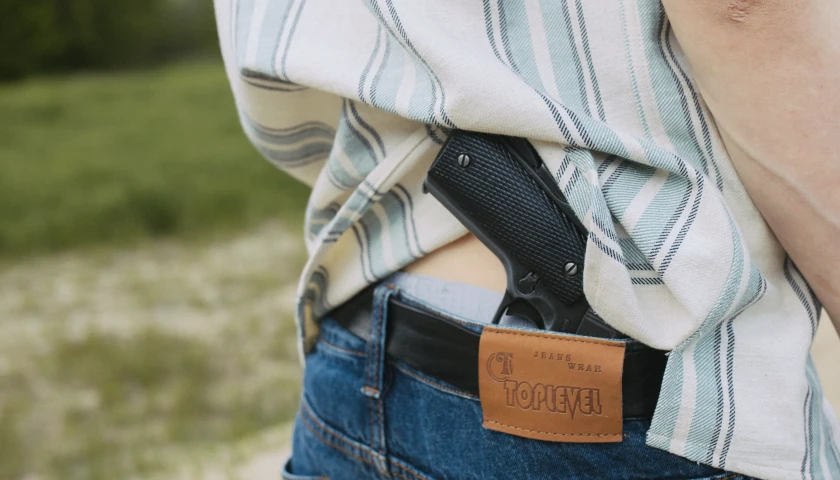
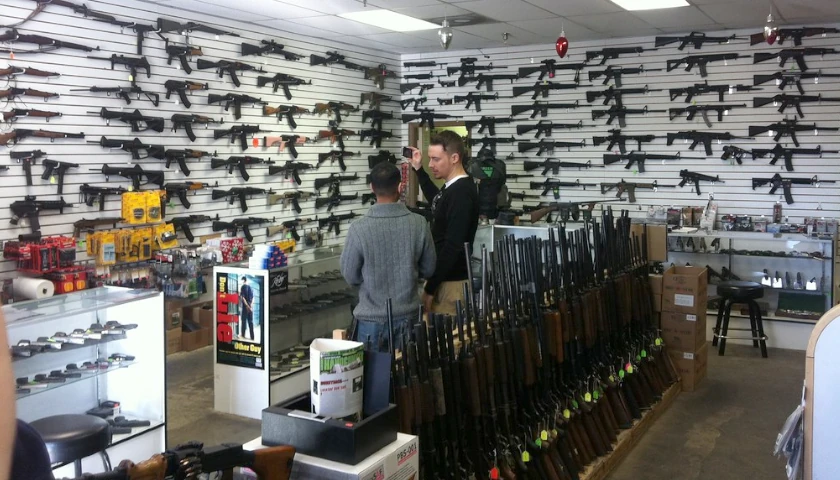
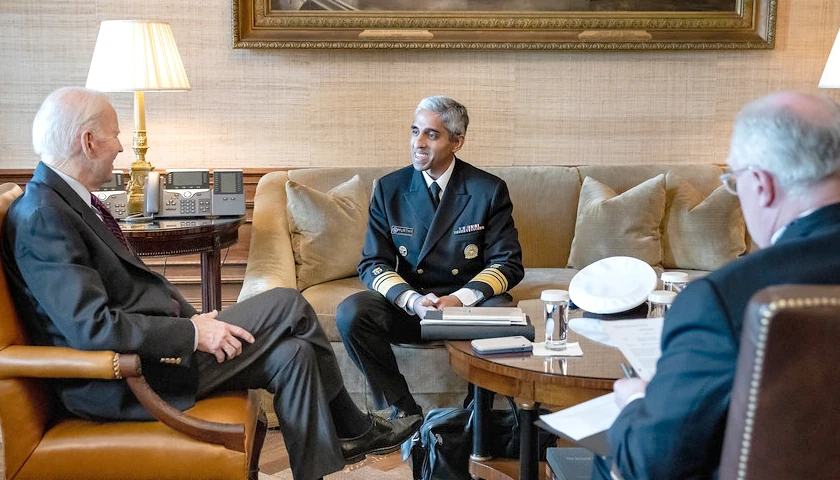
If we must have “Red Flag”, let the states do it. I don’t want SPLC or Snopes or the jack asses in the current FBI / DoJ in DC to be in charge of deciding who is “unsafe”. Have you seen the movie “Minority Report”? The U.S. congress can make their input and help tool guidelines for the states to adopt. 17 states already do the Red Flag “officially”. I think there are more, including TN that have versions of it that don’t get touted by the press and rightly so. The Feds can publish guidelines and establish grants to help states set up an evaluation and alert system and train CLEOs in TN counties to operate it.
If not handled properly a citizen carrying the right credit card will be able to buy guns and ammo, but a citizen carrying the wrong card will not. See the “Fast Company” story today 8-2-2019. “In China, scoring citizens’ behavior is official government policy. U.S. companies are increasingly doing something similar, outside the law. “
Yes, if one is properly trained in the safety, storage, and maintenance of weapons, they can serve a useful purpose of protection. But certain weapons should be outlawed that only aid criminals or assassins.
As for hunting, I am for it if (and ONLY if) its purpose is to feed you when you are starving (and have no other way of getting food) and for self-defense and defense of your family and friends from predatory forest animals–I’m quoting Annie Oakley telling that to her brother, Tag on the old cowgirl show. As for being used as a sport or as trophy-collecting, I oppose that as cruelty to animals.